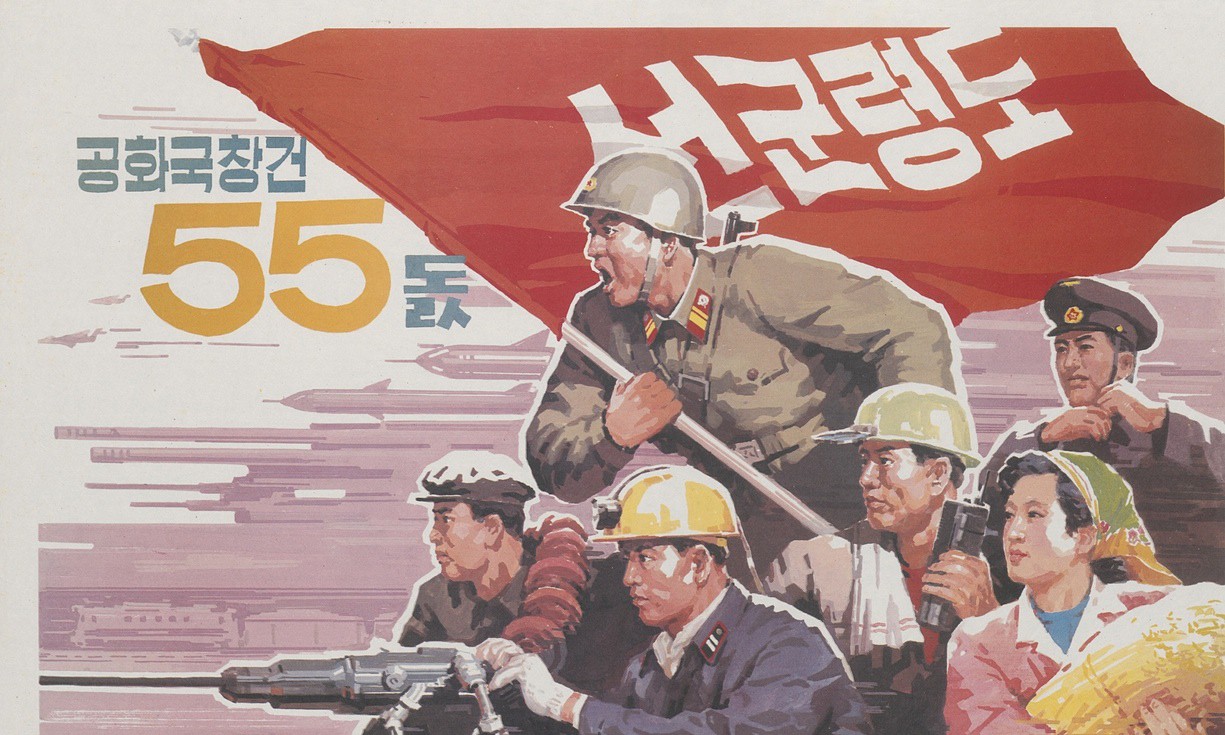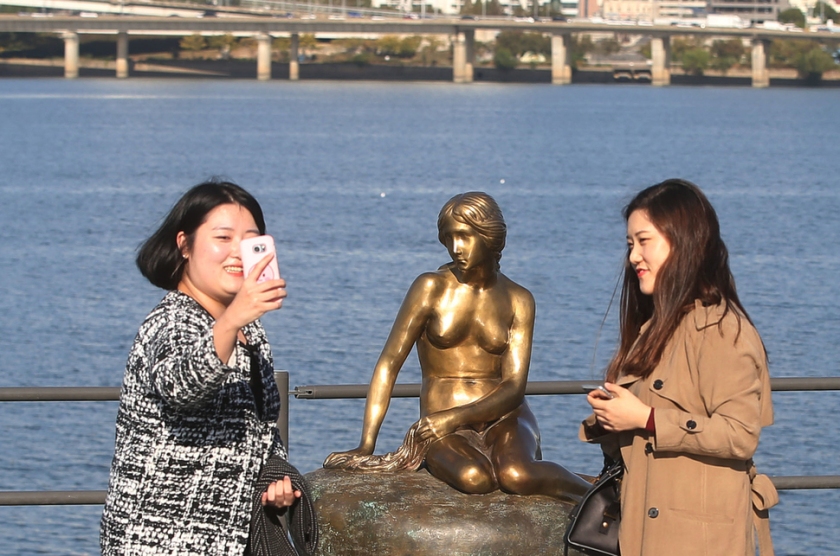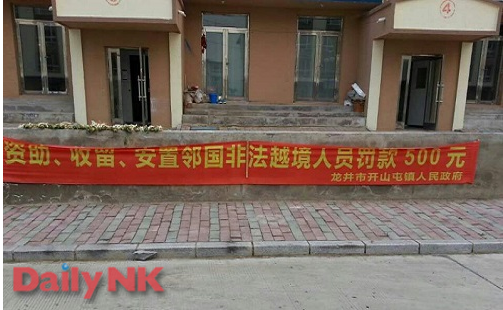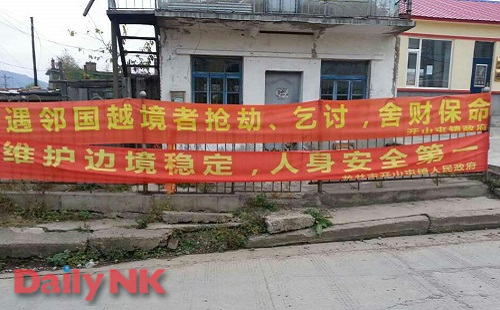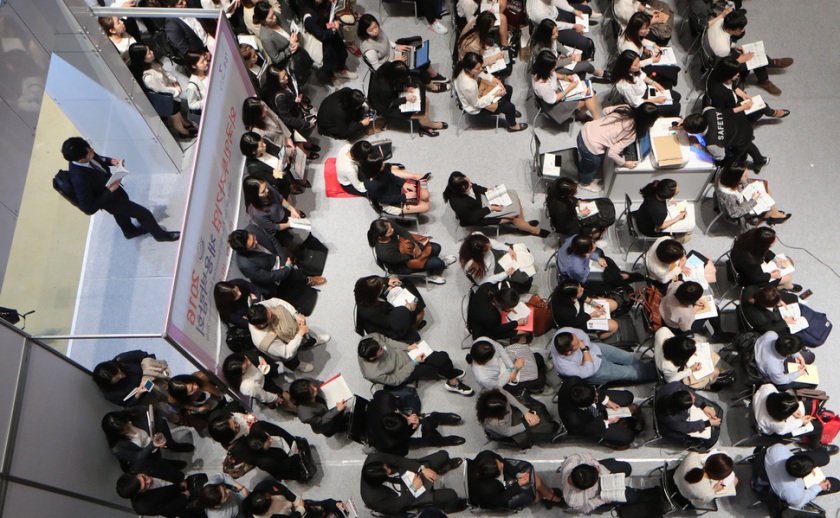The last presidential debate was tonight and North Korea made sure it interjected itself into the news cycle. Donald Trump also revived his false claim about the amount South Korea pays for stationing troops in country. Tonight’s Daily Update will be a little different; it will detail the news on the peninsula and then debunk Trump’s claim. This is my first ever fact check and I hope I did a decent job.
On the Peninsula
North Korea tried to sneak its way into the news cycle just before the debate this evening, launching a Musudan medium-range ballistic missile around 7am Korean time (6pm Eastern time). The United States is claiming the launch to be a failure. This is the second time this week North Korea launched a Musudan class missile, both ended in failure.
Earlier today, John Kerry restated the American resolve to deploy an advanced missile system in South Korea as soon as possible, referencing the plan to deploy THAAD on the peninsula. China and Russia have strongly demurred the plan of deployment. At the same event, Kerry vowed that America will not accept North Korea as a nuclear state, most recently expressed, publicly, by President Obama following North Korea’s fifth nuclear test. Kerry also vowed for all-out defense against North Korean aggression and for extended deterrence.
Korea in the International Dialogue
Donald Trump, current Republican nominee for President of the United States of America, brought the topic of Korea up at the final presidential debate this evening. In the debate, Trump restated his claim that South Korea pays “peanuts” for having American troops stationed in the country. This is entirely false and, as pointed out by Politifact, the alliance cannot be described in monetary concerns alone. I wish to debunk this claim, since it grinds my gears beyond belief.
Currently, America stations 28,500 troops in South Korea. To maintain this force, Politifact cites that it costs an average of $100,000 per head for salary and benefits of the soldiers in South Korea. This makes the total cost of salary and benefits of soldiers in South Korea around $2.85 billion. General Vicent Brooks, in a testimony in April, stated that South Korea pays around $808 million dollars, or around 30% of the total cost of American troops – General Brooks said that the $808 million South Korea pays is around 50% of the total.
This alone does not cover the total South Korea pays. South Korea is also paying 92% of a $10.8 billion dollar base relocation project according to CNN. This amounts to around $10 billion – the calculation comes out to $9,936,000,000. Also, South Korea covers all costs for maintenance and utilities for all bases on the peninsula. Japan also pays for the upkeep of American bases to the tune of $2 billion dollars per year.
So, if we equate the total costs shouldered by South Korea, the sum, minus the base relocation project, comes to $2,808,000,000* per year. Adding in the base relocation project would bring the total to $12,744,000,000**. Either amount is hardly peanuts. In fact, General Brooks argued that keeping troops in South Korea is actually cheaper than removing them.
In conclusion, Donald Trump’s claim is far removed from the facts. South Korea shoulders a “yuge” amount of the burden for stationing American troops. The amount South Korea pays per year – $808 million – is also said to grow by 4% annually through 2018. No matter how you shape the facts, South Korea pays a lot more than peanuts to station American troops in country. This calculation does not even take into account the non-monetary benefits of the alliance.
*This is estimating that South Korea pays $2 billion in base upkeep and utilities. However, the number may differ slightly.
**This number adds the $2,808,000,000 annual cost with the total amount of the relocation project. Therefore, this number is not labeled annually and should be read as one-year costs plus construction of a new base.
